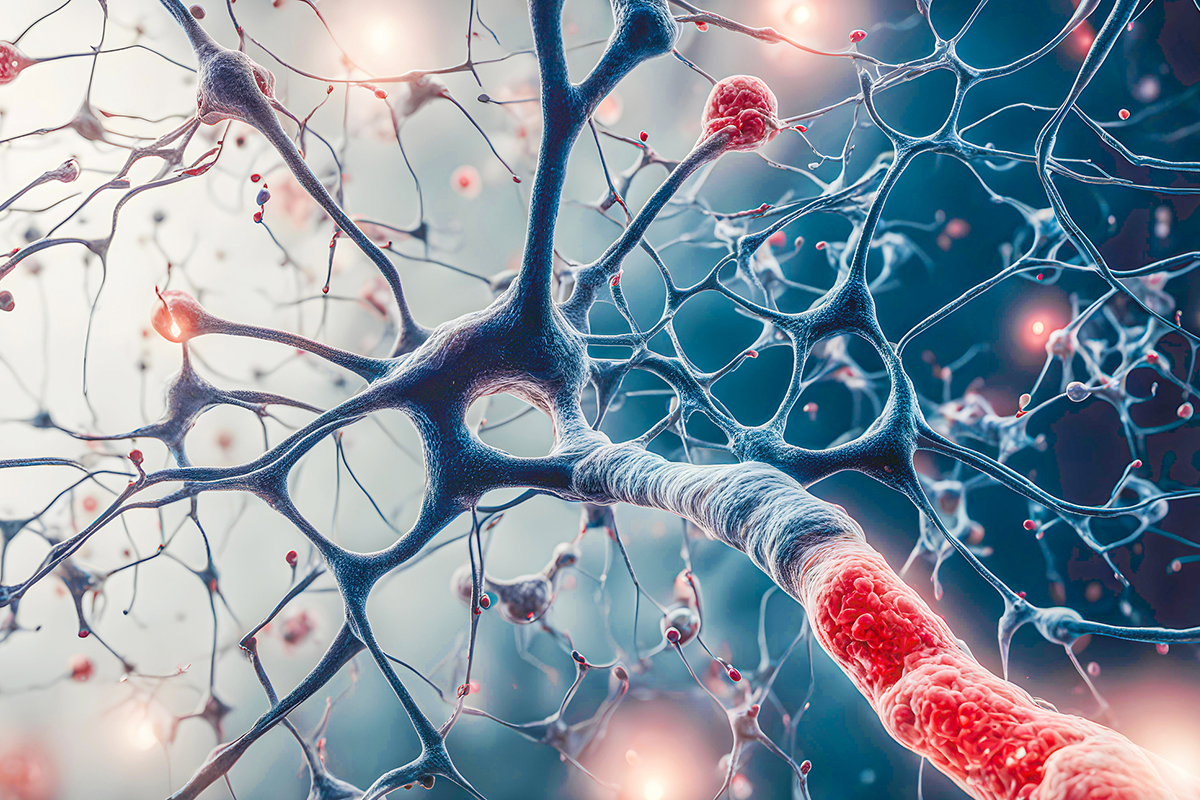This article originally appeared on Dr. Perlmutter’s website.
Years ago, when I was in medical school, we were taught that humans lacked the ability to grow new brain cells. This was called the “central dogma” of brain physiology. Incredibly, the notion that the brain lacked the ability to grow new brain cells during adulthood persisted in medical education through the 1990s.
Nobel laureate Santiago Ramón y Caja was a Spanish pathologist and histologist and, based upon his work with the nervous system, he has been called the “father of neuroscience.” On the topic of regrowth of brain cells, this 19th century researcher is quoted as stating:
Once the development was ended, the founts of growth and regeneration of the axons and dendrites dried up irrevocably. In the adult centers, the nerve paths are something fixed, ended, and immutable. Everything may die, nothing may be regenerated. It is for the science of the future to change, if possible, this harsh decree.
Fortunately, the “science of the future” has arrived. It is now well accepted that brain cells do in fact continue to grow throughout one’s lifetime, and it just so happens that the area of the brain where this growth occurs is the brain’s memory center called the hippocampus. Obviously, this is very exciting news, especially for anyone concerned about failing memory or dementia in general.
As it turns out, the growth of new brain cells, a process called neurogenesis, is under the direction of a brain hormone, brain-derived neurotrophic factor (BDNF). BDNF does several things in the brain that are helpful. It strengthens brain cells to increase their survival, it enhances the ability of brain cells to communicate with each other by enhancing the formation of synapses, and it actually induces the growth of new brain cells, as mentioned above.
In the Journal of the American Medical Association specialty journal JAMA Neurology in January 2014, researchers published a very compelling report in which they studied more than 2,000 adults who were free of dementia at the beginning of the study. They measured their BDNF level at the beginning of the study and then followed the group for approximately 10 years. They found that those individuals who had the highest BDNF levels at the beginning of the study had a risk of developing dementia and Alzheimer’s disease that was less than half of those whose BDNF levels were low.
The authors concluded:
Higher serum BDNF levels may protect against future occurrence of dementia and AD. Our findings suggest a role for BDNF in the biology and possibly in the prevention of dementia and AD, especially in select subgroups of women and older and more highly educated persons.
What to study also described was that there are two powerful lifestyle factors that can lead to higher levels of BDNF. These include aerobic exercise, as well as reduction in calorie consumption.
While the idea that we could not grow new brain cells has certainly changed since I was in medical school, one thing that hasn’t changed is our lack of ability to treat dementia. Despite the vast amount of resources dedicated to Alzheimer’s research, there appears to be as yet, no cure in sight.
But look what the Journal of the American Medical Association is telling us. Higher levels of this brain protective hormone are associated with a reduced risk of getting Alzheimer’s in the first place. And you can raise your levels by simply cutting back on calories and adding in some aerobic exercise.






